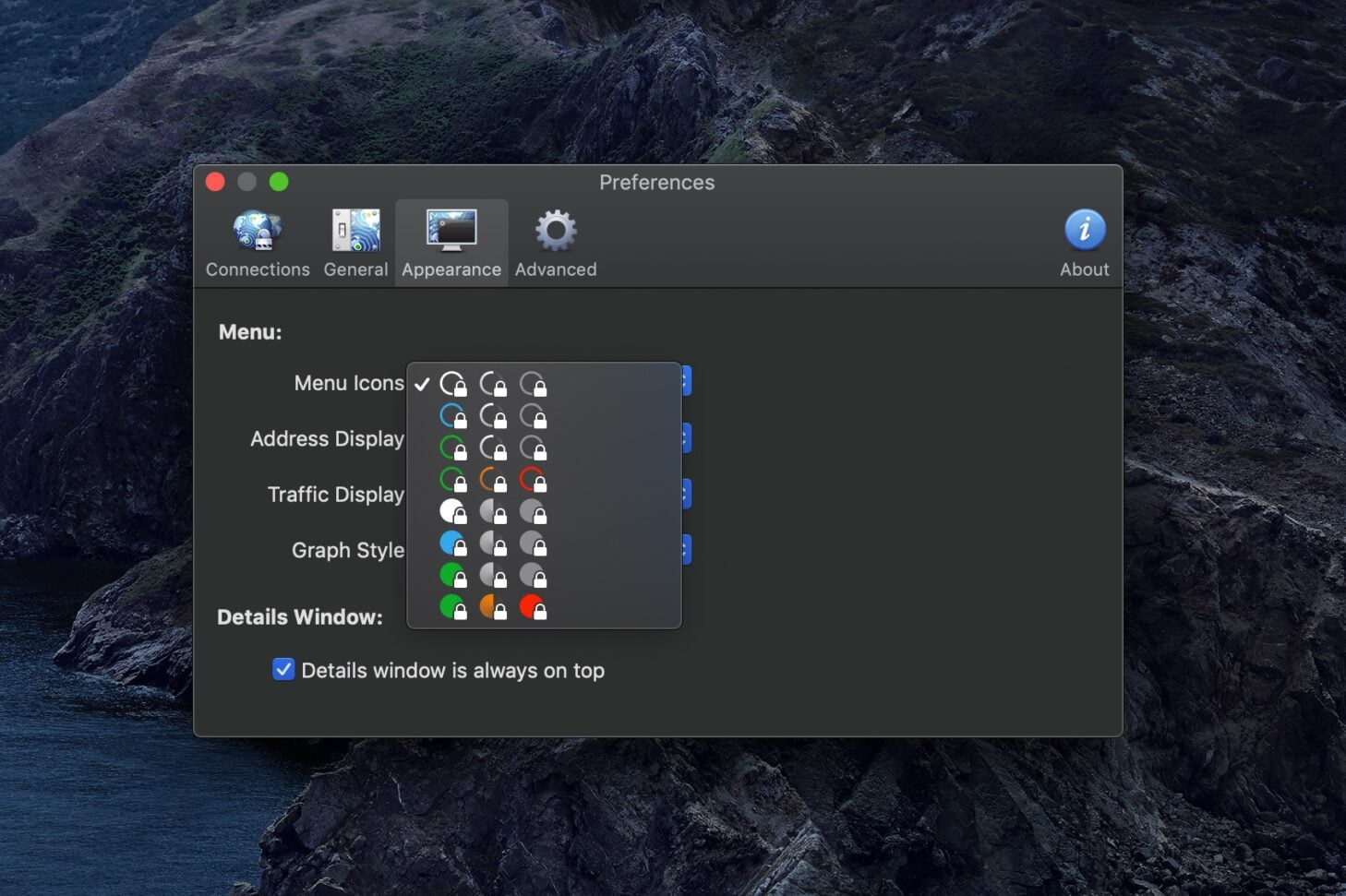

- #Connecting usb backup to qnap nas mac os x
- #Connecting usb backup to qnap nas upgrade
- #Connecting usb backup to qnap nas full
- #Connecting usb backup to qnap nas pro

The following file systems are supported: FAT32, NTFS, ext2, ext3, ext4 and HPS+. You cannot integrate disks connected via eSATA into the NAS’s RAID arrays. The most popular usage for them is to connect an external disk for backup purposes. The TS-419P II offers four USB 2.0 and two eSATA ports for external devices. There are two new features in the network resource section: creating a virtual network folder out of an ISO image (with read-only access) and collecting up to ten remote network folders into a single shared folder on the NAS. A network recycle bin can be enabled for SMB and AFP. The TS-419P II supports extended access rights for subfolders but you should use this feature with discretion. A separate user database is used for the WebDAV protocol.
#Connecting usb backup to qnap nas full
With NFS, you can allow full or read-only access for IP addresses or their ranges. For Windows networks you can additionally specify a list of IP addresses from which the folder can be accessed. The access rights are the same for SMB, AFP and FTP. You can provide access to a folder by putting users and/or groups into the no-access, read-only or full-access sections in the folder’s properties. The listing of folders indicates their current size, which is handy for analyzing disk usage. The NAS has a few predefined folders but you can add your own ones. Shared folders are created on disk volumes for storing data. An integrated DDNS client is available IPv6 is supported in auto configuration mode. You can also use a wireless USB adapter to connect the NAS to your WLAN.

The two ports can work independently (on two LANs) or jointly (in different modes including 802.3ad). The TS-419P II connects to a LAN via two Gigabit Ethernet ports with support for Jumbo Frames up to 9000 bytes. The recent additions include cloud services, an antivirus module, RADIUS and Syslog servers. streaming of multimedia content, backup copying, downloading of files, and video surveillance. QNAP’s firmware has long expanded beyond NAS functionality proper and offers a lot of extra capabilities and services, e.g. News from the manufacturer’s RSS feed is shown at the bottom of the screen. The start screen offers links to frequent tasks such as creating user accounts or network resources. There are a few dozen items on the menu, but the logical structure helps you find your way easily enough. We’ve got a menu tree on the left and a page with setup options in the center.
#Connecting usb backup to qnap nas mac os x
It has introduced a number of exciting features like full compatibility with Mac OS X 10.7, antivirus software, RADIUS and TFTP servers, and much more!ĭespite a lot of new features, the interface has retained the same structure. Another innovation in this model, QNAP’s firmware has been updated to version 3.5.
#Connecting usb backup to qnap nas upgrade
The extra 25% of clock rate can hardly be a strong argument in favor of an upgrade but should certainly be considered if you are shopping for a new NAS. It is only the processor frequency that sets it apart from its predecessor TS-419P+. It is the TS-419P II model from QNAP, one of the leaders of this market. So, it was just a matter of time for a Marvell-based NAS with the maximum clock rate of 2 GHz to come about. The performance of the ARM platform can be scaled up easily by increasing the processor’s clock rate, though. Although the latter do not differ much in terms of clock rate or system memory support, they are viewed as inferior to the classic x86 architecture.
#Connecting usb backup to qnap nas pro
This is bundle deal of QNAP 12TB Turbo NAS TS-809 Pro NAS with build-in 8x Western Digital WD15EARS 1.High-performance network attached storage equipment is currently based on the x86 platform whereas simpler products use ARM processors from Marvell.


 0 kommentar(er)
0 kommentar(er)
